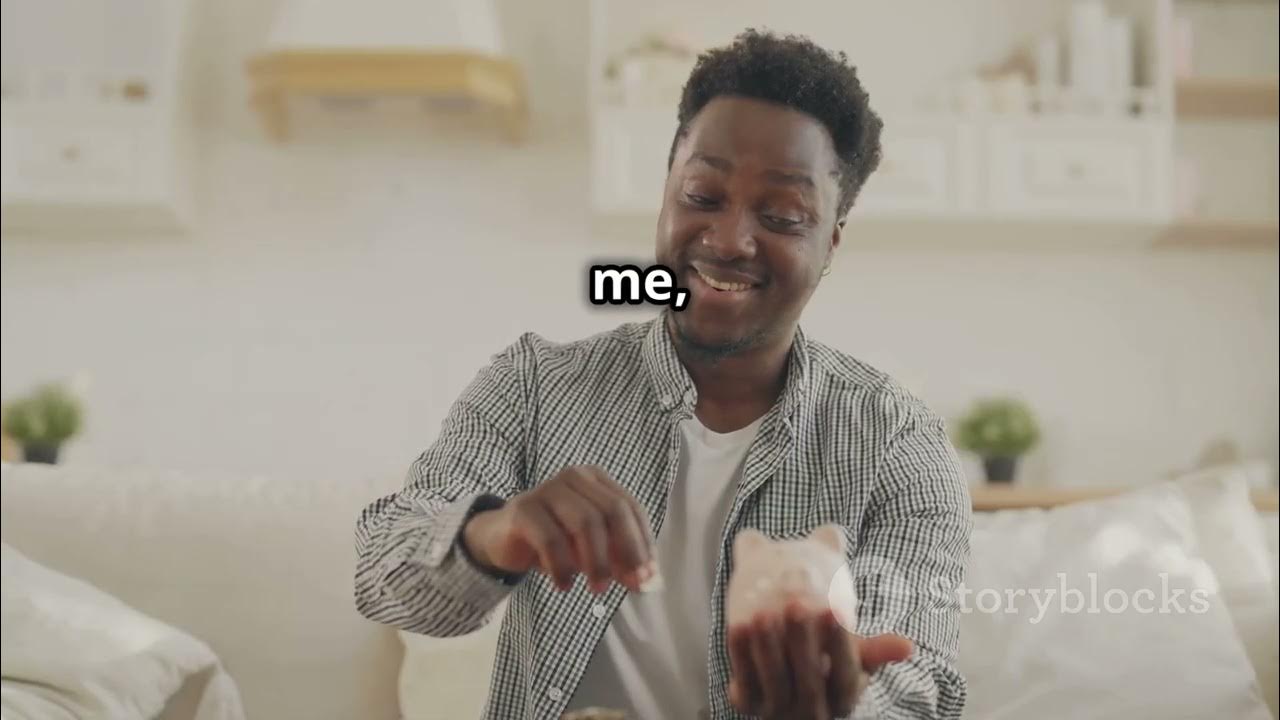Darkroom Printing - Step-by-Step Guide to Your First Print
Summary
TLDRThis video offers a step-by-step guide on creating your first print in the darkroom, covering all the essential tools and processes. From setting up an enlarger and choosing the right paper to understanding the chemistry of developer, stop bath, and fixer, the tutorial is designed for beginners. It emphasizes the importance of note-taking, using proper chemicals, and techniques like test strips and exposure adjustments to achieve the best results. The video also provides helpful tips on organizing your workflow, avoiding common mistakes, and ensuring repeatable success in your darkroom printing process.
Takeaways
- 😀 You'll need an enlarger, paper, and three key chemicals (developer, stop bath, and fixer) to make your first darkroom print.
- 😀 Resin-coated paper is recommended for beginners due to its ease of use and cost-effectiveness.
- 😀 The three essential chemicals in darkroom printing are a developer, stop bath, and fixer. They each have a specific role in the process.
- 😀 A darkroom timer and a safe light are important to help manage exposure times and prevent accidental light exposure.
- 😀 Keep track of all your settings, including enlarger height, lens settings, filter used, paper type, and chemical dilutions in a print log.
- 😀 Start with a test strip to determine the ideal exposure time for your print, adjusting for light and contrast.
- 😀 Use ND filters to reduce light intensity from your enlarger and maintain image sharpness at optimal apertures.
- 😀 Always write down exposure details immediately after testing or printing to ensure you can replicate successful results.
- 😀 The dry-down effect can make prints appear brighter than they actually are when viewed under bright light, so make sure to evaluate prints in dimmer light.
- 😀 When making prints, focus on exposing for highlights and adjust contrast for the shadows, which is the reverse approach from negative exposure.
- 😀 Stay organized and keep detailed notes about each step of your printing process. This will help you improve and avoid repeating mistakes.
Q & A
What is the primary function of an enlarger in darkroom printing?
-An enlarger functions similarly to a reverse camera. Instead of capturing light, it projects light through a negative onto photographic paper to create an enlarged image.
Why is resin-coated paper recommended for beginners in darkroom printing?
-Resin-coated paper is recommended because it is easier to work with, more forgiving for beginners, and more cost-effective compared to other types of photographic paper.
What role do the chemicals developer, stop bath, and fixer play in the printing process?
-The developer is used to process the exposed paper, turning it into a visible image. The stop bath halts the development process by neutralizing the alkaline developer. The fixer stabilizes the image by removing any unexposed silver, making the paper safe to handle and store.
Why is it important to keep track of the darkroom settings and conditions?
-Tracking settings such as enlarger height, lens f-stop, filters, paper type, and chemical concentrations is crucial for replicating successful prints and refining the printing process over time.
What is the purpose of a test strip, and how is it used in darkroom printing?
-A test strip is used to determine the optimal exposure time for a print. It involves exposing a strip of paper to varying times of light and then processing it to evaluate which exposure results in the best image.
Why is it suggested to use ND filters (Neutral Density filters) in the enlarger?
-ND filters reduce the light intensity coming through the enlarger, allowing the photographer to extend the exposure time without needing to stop down the enlarger lens, which can reduce image sharpness.
What is the significance of squeegeeing a print after processing?
-Squeegeeing a print helps remove excess water, which reduces the distortion caused by swelling in the emulsion, offering a more accurate representation of the print’s final look once dry.
Why is it recommended to start with a lower contrast filter when making a print?
-Starting with a lower contrast filter allows more flexibility to increase contrast if needed, as it is easier to build up contrast than to reduce it once a high contrast filter has been used.
What is the benefit of using a print log in darkroom printing?
-A print log helps photographers record key information such as exposure times, chemical dilutions, and filter settings, which makes it easier to replicate successful results and track progress over time.
What challenges might a beginner face when working in a darkroom, and how can they overcome them?
-Beginners might struggle with exposure times, contrast control, and handling chemicals. They can overcome these challenges by starting with simple materials, using test strips, and consistently recording their settings to learn and adjust over time.
Outlines

Cette section est réservée aux utilisateurs payants. Améliorez votre compte pour accéder à cette section.
Améliorer maintenantMindmap

Cette section est réservée aux utilisateurs payants. Améliorez votre compte pour accéder à cette section.
Améliorer maintenantKeywords

Cette section est réservée aux utilisateurs payants. Améliorez votre compte pour accéder à cette section.
Améliorer maintenantHighlights

Cette section est réservée aux utilisateurs payants. Améliorez votre compte pour accéder à cette section.
Améliorer maintenantTranscripts

Cette section est réservée aux utilisateurs payants. Améliorez votre compte pour accéder à cette section.
Améliorer maintenantVoir Plus de Vidéos Connexes
5.0 / 5 (0 votes)






